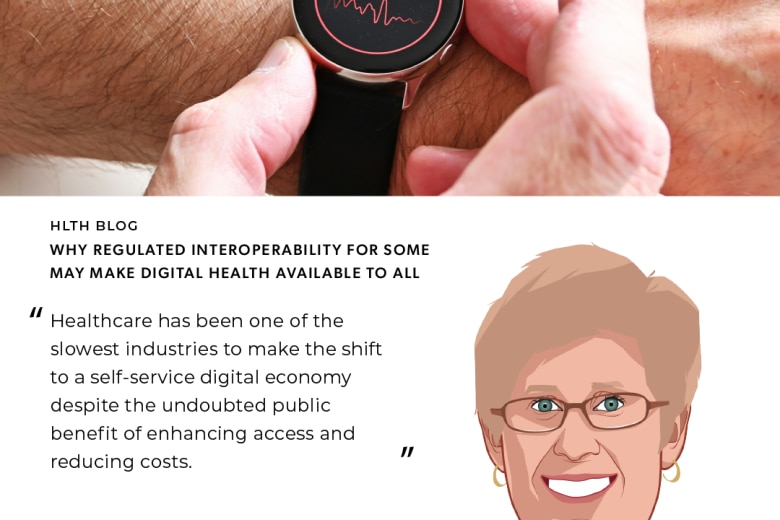When applications, data and devices are connected in a healthcare setting, clinicians are more informed, and patients can receive better care. Conversely, the lack of consistent availability and usability of data in a healthcare setting can carry a real human cost. In my role as the director of digital customer experience for Baxter International, I strive to improve clinical decision support and help prevent the type of medical errors that severely impacted my own family.
How Disparate Data Affected My Mom
I thought my mom was going to die. She was 72 when a small bowel obstruction sent her to the hospital. It should have been a standard case, but her treatment spiraled out of control.
She had a surgical procedure that led to an infection. Then, a series of subsequent operations and complications followed.
At the same time, the Omicron variant was raging, and a clinician shortage meant the department often had fewer available nurses to heed numerous warnings of imminent complications with my mom’s health.
Instead of a typical five-day stay followed by discharge and recovery for her condition, my mom endured five months in a hospital bed. When she finally made it home, she had a handful of serious and ongoing medical conditions.
She can no longer manage independent living, so I am now her caregiver. My heart breaks when I consider how things could and should have gone.
We can collect key hospital metrics, such as central line infections (about 41,000 annually), days to discharge (an average of about 5.4 nationwide), and 30-day readmissions (about 3.8 million annually), but these numbers alone don’t show the whole picture.
My mom’s story reveals what industrywide statistics sometimes don’t: When insights fail to reach clinicians, people suffer. That’s why every healthcare organization must strive for real-time, actionable, interoperable data to realize their benefits.
Creating Better Patient Outcomes
The good news is we have the technology to support clinicians and help reduce medical errors.
The key is to merge critical data points with a clinical decision support system to provide actionable, accountable information.
Here’s how:
1. Prepare clinicians to think data-first
Healthcare organizations need clean, comprehensive clinical data.
Gathering good information requires buy-in from clinicians who input much of that data. They need to understand best practices for documentation, as well as why it’s critical to enter patient data correctly.
Had my mom’s clinicians been better equipped and supported, they might have been able to more accurately document and act upon her data.
2. Empower clinicians to leverage actionable insights
Oceans of clinical data are useless to overburdened clinicians.
They need technologies that house and analyze this data and then provide easily referenced insights. Clinical decision support systems, for example, provide recommendations that clinicians can use to deliver higher-quality, evidence-based care. Special alerts can notify even the busiest clinicians of new challenges and suggest best practice treatments.
If my mom’s nurses received a notification that prioritized and displayed her latest lab results every time they logged in, she might have received earlier and more effective interventions.
3. Make data accessible to clinicians and patients
The clinical utility of data extends beyond the bedside.
Insights derived from data can help healthcare organizations better educate patients once they leave the hospital, empowering them to manage their conditions from home.
Leaders, meanwhile, can use health data to assess performance, set standards and invest in technologies that better serve patients.
Imagine a scenario where my mom was discharged in five days. She could have stayed connected with her caregivers via remote monitoring and telehealth and received automated medication reminders and prompts to schedule follow-ups.
Providing the right data in the right place to the right people at the right time is how healthcare organizations can achieve more informed, effective, and efficient care.
We should never lose sight of why. The human cost, measured in stories like my mom’s, is far too high.
Learn how you can eliminate data silos and improve care quality in your healthcare organization.
Written By:
Traci Reed
Director, Digital Customer Experience, Baxter
An experienced leader in healthcare delivery, Traci has worked across multiple disciplines in both acute care delivery and the medical device industry. Traci harnesses her passion for data intelligence to influence transformations in healthcare to allow organizations to be more informed in their clinical and economic decisions. As a director of Digital Customer Experience at Baxter, Traci believes she is part of the Right team at the Right time to Reshape data delivery.
The views and opinions expressed are those of the author and do not necessarily reflect the views of Baxter International, Inc. or any of its affiliates or employees.







































